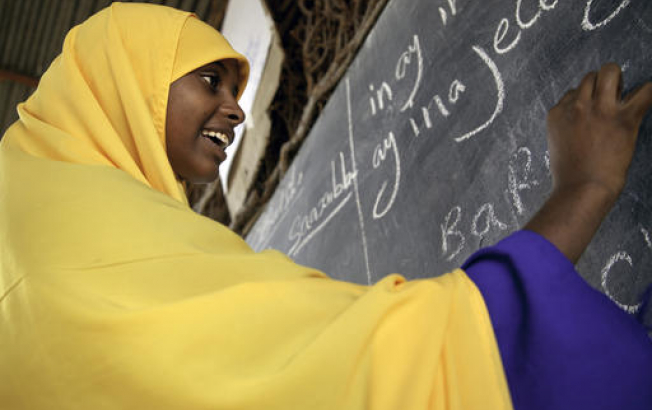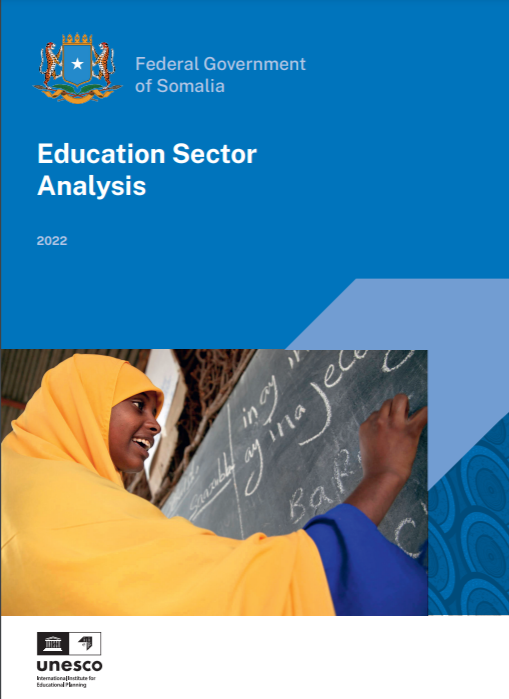Somalian education sector shows sign of progress despite low enrolment rates, spending
Somalia’s population is estimated to have reached 16 million in 2020, growing rapidly at nearly 3 per cent annually. Almost half of this relatively young population is eligible to attend school. This growth is driven by large family sizes, averaging six members per household, as well as high gross birth rate. The demand for education places demographic pressure on government resources, already constrained by years of conflict, finds IIEP-UNESCO Dakar’s Somalia Education Sector Analysis 2022.
While Somalia is undergoing economic and societal rebuilding, with growth witnessed in key sectors, some key human development pointers remain of particular concern. For instance, poverty remains widespread with 69 per cent of the population estimated to be living below the poverty line in 2018. Moreover, nomadic and rural populations suffer the most from the weakened government's ability to provide basic services, which affects their access to education.
To improve the education system structure, the government adopted the General Education Act in February 2021 and streamlined the structure of other sub-sectors, including religious education, technical and vocational education (TVET), and components of the general education sub-sector, such as Alternative Basic Education and Adult Basic Education. The new law is the result of a review of the 2017 General Education Act to, among other elements, provide clarity in the functions of different agencies and departments within the sector.
Tracking progress amidst institutionalization of the education system
While progress has been made in the institutionalization of the education system, access remains low and drop-out high. The average number of school years Somali children can expect to receive in their life known as School Life Expectancy, is 1.72 years, with considerable disadvantage to girls who receive 1.48 years of schooling compared to 1.95 for boys. This is significantly lower than the African average of 7.7 years, and even lower than the five years observed in South Sudan which has experienced recent conflicts like Somalia.



